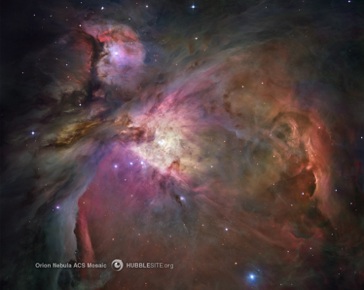I recently wrote a thesis entitled The Spiritual and the Material in Art. It explores ideas of spirituality and materiality in relation to the abstract and the non-abstract. I will soon be posting the entire thesis but for now I wanted to include a small section that explores the definition of abstraction. It helps tie together the concepts I am currently exploring in my recent paintings, photographs and video works.
Extract of The Spiritual and the Material in Art
This brings us to the question of abstraction. What exactly is the abstract; how is something defined as abstract when something else is not? The Oxford dictionary states that abstract art is “art that does not attempt to represent external, recognisable reality”. This seems like a simple enough definition, except when one questions the definition of “recognisable reality”. Our definition and experience of reality seems entirely concrete and certain. Yet what is it that absolutely signifies a tree as a tree. Is it the fact that it is of a certain colour and shape, or is it because it is a certain molecular structure? Or perhaps, it is because as a child we saw a tree and our parents told us “that is a tree”. What if we had been told “that is a rock”, would it be a tree or a rock? What perchance, if we were a fish and came upon a tree for the first time. What would it be? This is to illustrate the shifting nature of our definition of reality. It isn’t as finite as we may at first think.
If we now extend these ideas to abstract non-representational art, what is it that truly makes something non-representational? To a fish, an image of a tree is something totally abstract, it is, in fact, non-material. Bringing this back to humanity, what is it that makes us see a Rothko and think “I don’t know what that is”, it must be abstract. When a viewer unaccustomed with abstraction arrives at a Rothko painting they may automatically unconsciously relate the image to everything they have ever seen. As we are generally material beings, we search for any hooks to latch the painting to our reality. When we find none, we eventually accept that it isn’t meant to be anything, it just is. This spiritually defining point between the material and the non-material seems to rest upon whether we have ever seen anything like it before. This seems like a rather facile definition. Throughout our existence, and especially as infants, we are constantly discovering new objects. Everything is at first undefined, but we grow and develop and unthinkingly accept new forms into our databank of acceptable reality.

An example that specifically highlights these ideas is photographs taken by the Hubble space telescope since 1990. Say Wassily Kandinsky created a painting exactly the same as the nebula photograph pictured above in 1920. To people of the time, and even to himself, the work world be entirely abstract and non-material. It would have been given spiritual significance because it depicted the non-material; it would have been of the Divine. Yet now, we have seen the reality of distant nebulas, millions of light years away. We know what they are. They may still seem ethereal, but they are no longer abstract ideas; they have taken material form within our minds. Or have they? Was there ever a defining point when the distant nebulas left the non-material and became a material reality? What is that point of transition; does it truly exist?
The definition of reality and materiality seems rooted in the concepts of the mind. It is something our mind imposes on the experience of our existence. There really is nothing that truly signifies something as material or non-material, it is entirely relative. Everything is in essence both abstract and representational, they are one and the same.
A very thought-provoking exposition, although I’m not entirely sure I’m convinced by the notion of an intrinsic link between the abstract and the spiritual.
“It would have been given spiritual significance because it depicted the non-material”: Why do only non-material depictions possess spiritual significance, and not the material? Does this mean that works depicting the material are not spiritual?
I think the spiritual content of art is subjective though (which I’m sure you’ll agree with), just as the ‘abstractness’ of art is subjective, as you skilfully suggest!
I like your suggestion that ‘abstract’ and ‘representational’ are simply two endpoints of a continuum, with the added caveat that where a piece sits on the continuum is also a function of the visual knowledge and recognition of the viewer.
It’s an interesting concept – the shifting of the abstract to the representational in the presence of knowledge, the nebula being a great example.
I look forward to reading the rest